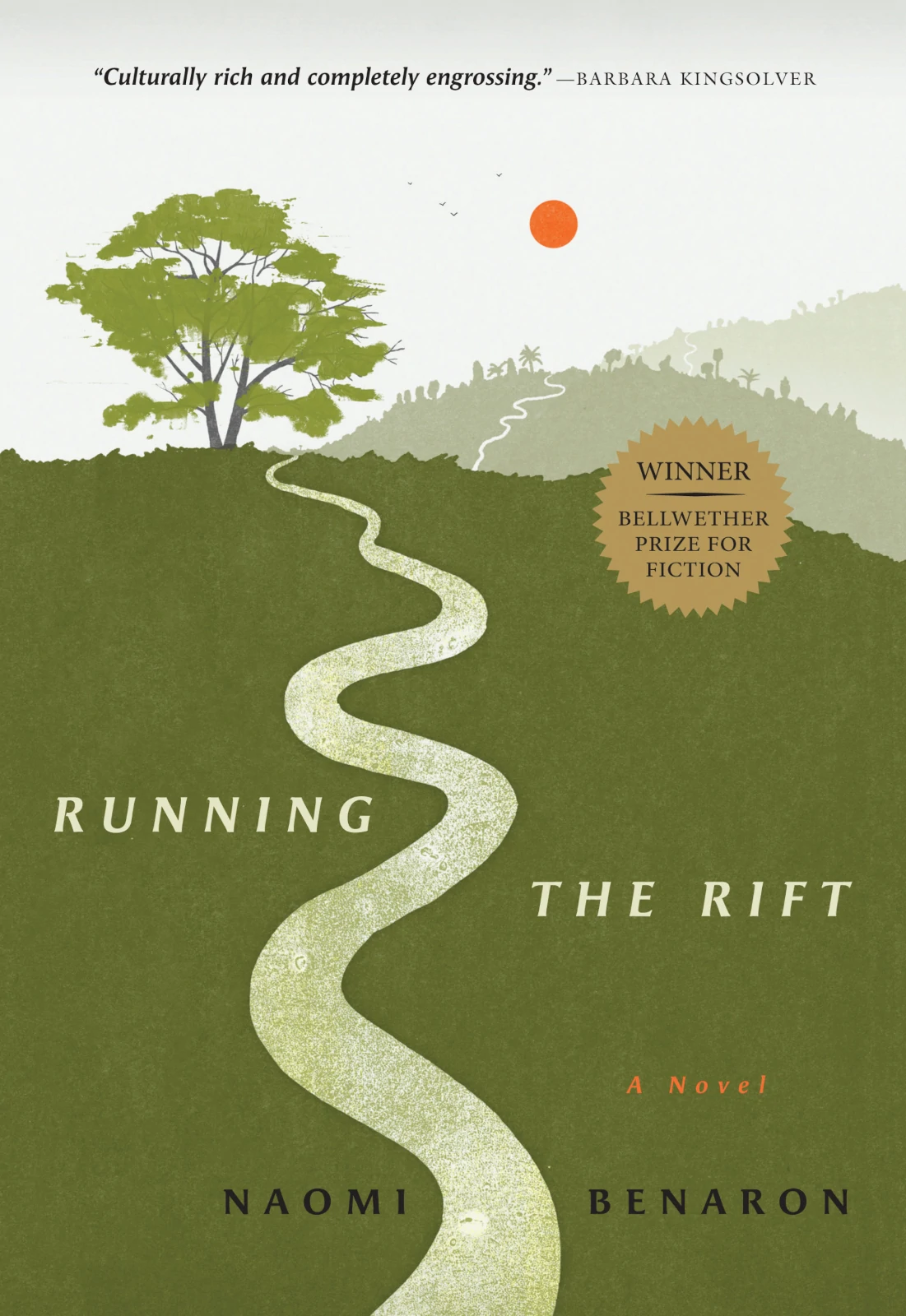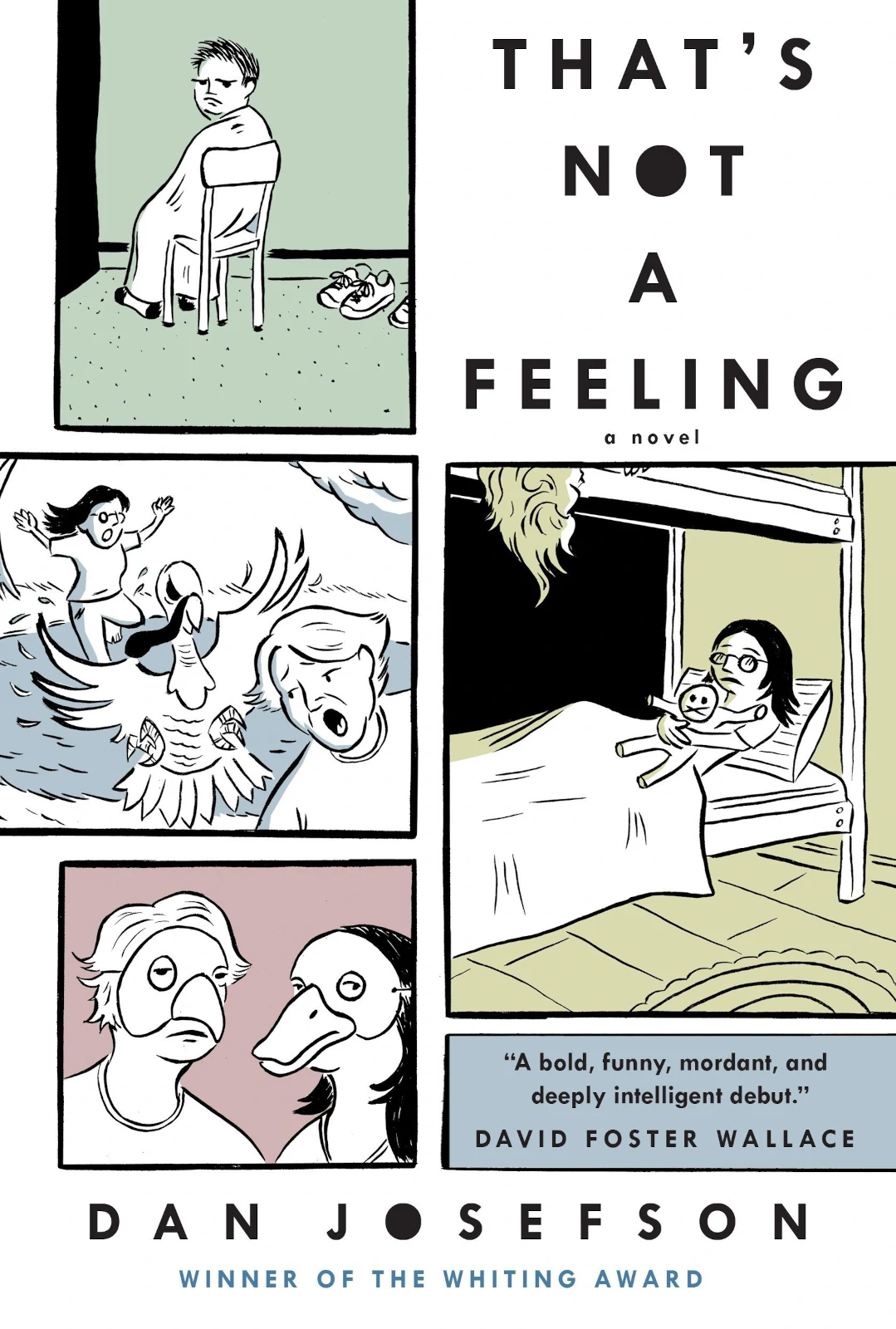
The History of Pressure and Heat: An Interview with Naomi Benaron
Please note that this interview was originally published on our old website in 2015, before our parent nonprofit—then called Tethered by Letters (TBL)—had rebranded as Brink Literacy Project. In the interests of accuracy we have retained the original wording of the interview.
In Naomi Benaron’s debut novel, Running the Rift, Jean Patrick sees the world through a lens of science. He understands the anatomical effects his Olympic training has on his muscles, the instantaneous velocity of rage that erupts when his heritage is insulted, and the pressure and heat that threaten to break his country in half. Yet, surrounded by his single-minded coach and his humorous university friends, these tensions seem to him only a distraction from his training, from the bright future he is working toward.
However, as racial tensions escalate, the political pressure in Rwanda proves too great. Like the springs he studies in physics, his country is suddenly stretched too far, and the volatile relationship between the Hutu and Tutsi finally explodes. Torn now between his father’s dreams of peace of the reality of war surrounding him, Jean Patrick races against the destruction, realizing that his livelong Olympic training might be the only thing that can save him.
With quotes taken from both the Hutu power newspaper and radio station, Running the Rift creates a riveting plot centered around the historical events that took place in Rwanda. Brimming with vibrant characters that inspire both laughter and tears, Benaron’s novel delves into one of the most horrifying moments in human history and, with incredible courage, unearths the beauty beneath the rubble.
It is with great conviction that Tethered by Letters recommends Running the Rift. Following the scientific laws that Jean Patrick so loves, this novel in motion stays in motion until the very end. Without a single lull, the momentum of the plot continuously gains power until the reader cannot turn the pages fast enough. And when the book is closed for the last time, the reader is left reeling: struck by both the horror of genocide and the unbelievable courage of those who survived it.
Benaron on Running the Rift
When I asked Benaron what motivated her to write about a runner in Rwanda, she told me about watching the 2000 Olympics. During the wild card swimming heat—“for people who would never in a thousand years qualify for the Olympics”—one young African stood out: “He practically drowned for the first 100 meters, but he just kept going,” she explained, “I was so impressed with his heart and it just stayed with me.”
This idea initially took the form of a short story set in Burundi. Then, in 2002, when Benaron made her first trip to Rwanda, new inspiration began to take root at the moment that she fell in love with the country’s rolling hills from the airplane window. With awe lacing her words, she spoke of the wide-open smiles of the people and the way they opened their homes to her, sharing their food and their stories. The pivotal experience that propelled her to write about the genocide was not listening to the people’s stories, but instead dipping her feet into Lake Kivu. While walking along the shore at daybreak, she felt something beneath her bare foot. Bending down to investigate, she realized that she had stepped on a bone, a human bone. Soon on her hands and knees, she found there were bones everywhere in the sand. She realized instantly that they were the remains of the victims of the genocide: “I held these bones in my hands and I thought these aren’t just bones; these are stories, and they are stories that will never be told unless someone else gives them voice.”
This moment launched Benaron onto an eight-year journey writing Running the Rift. Originally, she had planned to finish her short story about the Burundian swimmer and then embark on the harrowing task of writing about the Rwandan genocide. But once she had visited Rwanda, she struggled to imagine Burundi, a country she had never visited. After she started her MFA, it finally dawned on her: “You’re an idiot!” she declared, “You’ve been to Rwanda. Why don’t you just change the story to Rwanda? Take out the swimmer, make him a runner.” The change from swimming to running was also incredibly apt, for Benaron herself is an avid runner. “In order to represent a character, I really need to live, breath, and inhabit their souls and their hearts,” she explained, “So running was easier for me.”
Now with a stronger understanding of her characters, she began the historical research into the genocide. When I asked how she dealt with such dark material, Benaron shook her head softly, confessing that it was exceptionally difficult. “Sometimes I would be writing and I would need to take a break. It wasn’t just that I would get stuck as a writer; I just couldn’t deal with it anymore…there would be days where I just walked around shell-shocked. I couldn’t take in what I was reading or seeing.”
Benaron went on to tell me more about the history she uncovered, both of us struggling to conceptualize the horrors. I sat speechless as she spoke of attending the genocide conference in Rwanda: “They have a week where pretty much everything in the country stops and you go to services where people bear witness and give testimony and remember their families who were killed…That for me was such an emotional experience. I mean, I felt traumatized just from that.” She went on to explain that people there would suffer what is known as traumatisé, “where you slip through the cracks of the present and go back.” Throughout the conference, Benaron watched as people fell to the ground screaming and covering their heads. A friend translated for her, explaining that “they thought they were back there and they were saying ‘don’t kill me, don’t kill me. Don’t kill my family!’” While these horrors certainly stayed with Benaron, she was even more moved by the people she encountered there: “How people survive that is beyond me.”
Drawing on the strength of the survivors she met, Running the Rift is driven by characters brave enough to dream of something greater: of happiness and triumph. It was through these characters that Benaron distanced the narrative from the horrors that culminated in Rwanda. Setting the characters’ journeys against the genocide lends their ambitions a greater validity, the power of dreams salvaged from the waste of so many lives.
Benaron on Writing and Publishing
In 2008, after years of writing, Benaron finally finished Running the Rift and submitted it for the prestigious Bellwether Prize for Fiction, a literary award specifically directed at works that address important issues of social justice. Admitting that her earlier version wasn’t “nearly as good,” Benaron was very thankful that she didn’t win in 2008, and she got to go back to Rwanda one more time, inspiring two more rounds of serious revisions before she submitted again. In 2010, her hard work paid off and she was honored by winning the Bellwether and the publication with Algonquin Books.
Even though Running the Rift has been in the bookstore for less than two months, she is already immersed in her next novel—a story of a Jewish holocaust survivor coming to grips with her traumatic past through her relationship with her granddaughter. I asked Benaron why she chose to write again about such a horrifying time in human history. “I think it’s just who I am,” she explained. Her mother had lived through the Holocaust, and trying to understand what she had gone through was a “formative experience” for Benaron. “In a lot of ways, my writing is trying to come to terms with my mother’s legacy.” Furthermore, Benaron believes in literature’s ability to unveil important truths about the human condition. She talked at length about how grateful she is to Barbara Kingsolver, the founder of the Bellwether, for her dedication to promoting fiction that addresses important social issues and to her publisher, Algonquin Books, for choosing manuscripts of “substance.”
Curious as always about how different authors approach their craft, as the interview drew to a close I asked Benaron about her process as a writer. She summed up her process in one word: “schizophrenic.” Having both an “obsessive compulsive” and a rather impulsive side, her “process is always trying to combine these two parts.” In her new book, she told me that she is trying to be less meticulous, reminding herself that very likely the paragraphs she continuously rewrites won’t make it into the final copy. To break this cycle, she’s planning on writing the first draft all the way through so she knows exactly what research needs to be done and she can give a complete version of her novel to her agent—who is constantly chanting “new book please, next book please” whenever they speak.
Along with her vow to overcome her perfectionism, Benaron also advocates the importance of running as a writing tool. “I have some of my best ideas when I’m on a run,” she explained, adding that taking long jogs away from the bustle of the city always helps her clear her head and battle writer’s block. For those who aren’t keen to pound out their thoughts in running shoes, she offered the following two writing tips: “never lose faith and write from the heart.” These ideas, she says, were instrumental throughout her experience with Running the Rift, confessing how much self-doubt she struggled with about tackling both an entire culture and exploring such an important historical time. “But for every time I said ‘I can’t do it,’” she concluded, “I said ‘I have to do it’ one more time.”
Excerpt from Running the Rift
Mama picked up Papa’s journal and held it out to Jean Patrick. Since Papa’s death, it had remained open, as he had left it. “Take it.” She removed the pen and closed the book.
Jean Patrick took the journal and pen and went outside. Opening to a random page, he tried to read what was written, but it was too dark. What he needed from his father was a clue, something to help him fit the fractured pieces of the afternoon together.
Before his first day in primary school, Jean Patrick had not known what Tutsi meant. When the teacher said, “All Tutsi stand,” Jean Patrick did not know that he was to rise from his seat and be counted and say his name. Roger had to pull him up and explain. That night, Jean Patrick said to his father, “Dadi, I am Tutsi.” His father regarded him strangely and then laughed. From that day forward, Jean Patrick carried the word inside him, but it was only now, after the windows and the rocks, after the insults, that this memory rose to the surface.
The first stars blinked sleepily from the sky’s dark face. The generator at Gihundwe intoned its malarial lament. If Jean Patrick had powers like his namesake, Nkuba, he could have breathed life into the inert pages, sensed the leather skin stretch and grow into a man’s shape, felt once more his father’s strong, beating heart. Instead he dug the pen into his flesh until blood marked his palm.
